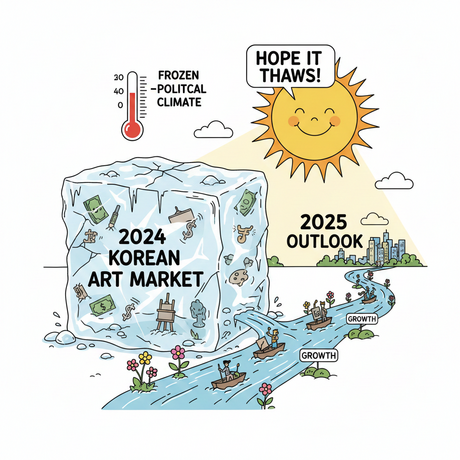Photographer Nick LoPresti has achieved what many would consider impossible in the world of analog photography: successfully shooting and developing 82-year-old expired film. The ambitious project involved using Kodak Eastman Fluorographic X-ray Film that was manufactured in 1943 for the U.S. Army and expired in 1946, just one year after the end of World War II.
LoPresti, known for his YouTube channel dedicated to film photography experiments, was motivated to take on this extreme challenge as a follow-up to his previous viral video. "This project was a follow-up to last year's Halloween video where I shot some Kodak Super XX that expired in 1952," LoPresti explained. "That video is the highest performing piece on my channel, so after my Instagram friend, Ivan Aguiar, sent me the eBay listing for this fluorographic film, I knew I had to try it and bottle some more lightning."
The photographer candidly admitted that part of his motivation was content creation, noting that "YouTube seems to love it when us content people do stupid pointless things like this." However, the technical challenges he faced were anything but simple. Unlike typical expired film projects where photographers might overexpose by a stop or two, this 82-year-old X-ray film presented unprecedented obstacles.
The film's original purpose added another layer of complexity to the project. Originally designed for X-ray machines to screen soldiers for tuberculosis during World War II, the film came without any instructions for conventional photographic applications. Additionally, it wasn't spooled for camera use, requiring LoPresti to modify it for his equipment – though he considered this the least of his challenges.
"I like to find the limits of whatever I'm doing," LoPresti said, describing his obsessive approach to problem-solving. "I become obsessive, to a fault. So much so that it's to the detriment of all other facets in life. I can't really focus on more than one thing at a time – bills, client proofs, answering texts, it all falls off until I reach some sort of break in the action."
The extreme age of the film posed the greatest challenge. In the 82 years since the film expired, humanity has witnessed the Moon landing, the construction and fall of the Berlin Wall, the invention of the internet, and revolutionary changes in photography technology. This temporal gap meant that LoPresti had to approach the project with scientific precision rather than relying on established techniques.
"The testing itself was frustrating, and not just due to the early disappointments," the photographer revealed. "I hate doing the same thing twice, forcing myself to change one variable at a time to dial in the proper processing procedures was very tedious. I guess the hardest thing was trying to stay scientific about it. Last year, with the Super XX, I kind of just wasted a lot of film changing all the variables at once."
Through extensive experimentation, LoPresti determined that the film required extreme overexposure, with effective ISO speeds ranging from 0.2 to 1.6, depending on the specific workflow used. Different processing approaches worked better at different ISO speeds, with the optimal range settling around ISO 1 for most applications. The images he shared from the project demonstrate various exposure levels, showing the dramatic difference proper calibration made.
Developing the film proved to be the highest hurdle of the entire project, requiring LoPresti to draw upon every bit of his extensive expertise and experience in analog photography. Despite the numerous technical obstacles and the film's advanced age, he successfully produced viable images, documenting his achievement in a detailed YouTube video that showcases both the process and results.
Looking ahead, LoPresti plans to channel his obsessive nature toward creating more podcast content and pursuing other challenging photography projects. He's particularly interested in following the footsteps of legendary photographers Arthur "Weegee" Felig and Kohei Yoshiyuki to create incognito infrared flash images, though he acknowledges this might require abandoning analog photography. "Only problem is I think I need to abandon analog to get the results I'm after. [The] Rollei IR400 ain't that IR sensitive," he noted.
The photographer is also eager to tackle even older film stock if the opportunity arises. "If anyone reading this has some old film, and not enough time to do it themselves, send it my way and I'll try to make another viral expired film YouTube video all about it," LoPresti offered, inviting fellow photography enthusiasts to contribute to future experiments that push the boundaries of what's possible with vintage photographic materials.





























